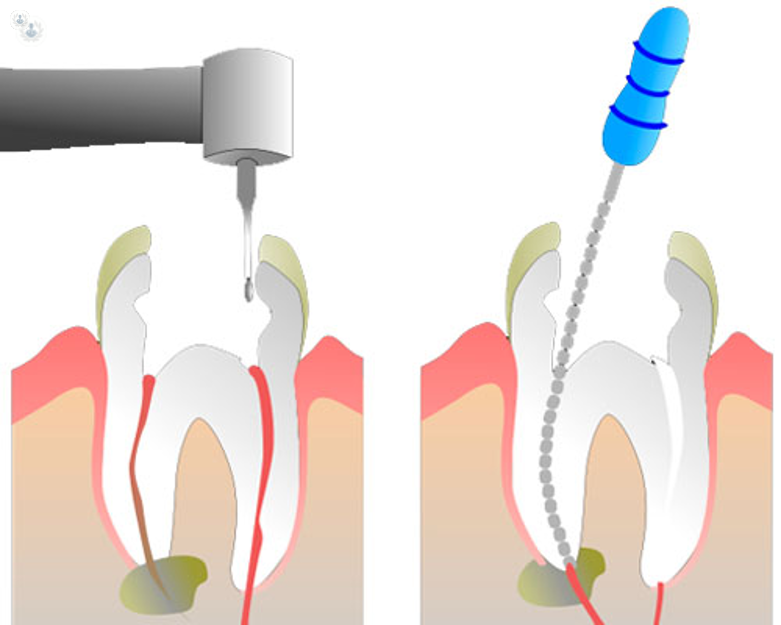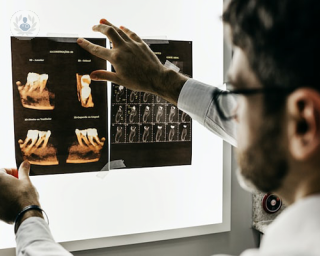Endodontic retreatment
What is endodontic retreatment?
Endodontic retreatment is needed if your tooth doesn’t heal as expected after initial endodontic treatment. After root canal treatment, there is a chance for the tooth to heal improperly causing pain and discomfort, for which you would need to undergo additional treatment.

What happens during retreatment?
Some reasons your tooth doesn’t heal properly might be because:
- The narrow or curved canals were not treated in the initial procedure
- Complicated canal anatomy wasn’t previously detected
- A cracked or loose crown or filling is exposing the tooth which has resulted in an infection
- Your tooth restoration didn’t prevent contamination inside of your tooth from your saliva
- Decay exposes the root canal material resulting in damage to the tooth from a bacterial infection
What happens during retreatment?
During retreatment, an endodontist will first proceed by administering local anaesthesia to reopen your tooth so you don’t feel any pain. Then, they will remove the filling materials that were placed in the root canals during the first procedure and carefully examine the tooth and search for additional canals or a new infection. They will then remove any infections, clean and shape the canals, and place new filling materials.
The opening in the tooth is then closed with a temporary filling. Once this heals, a new crown or other restoration is placed on the tooth to protect it.














